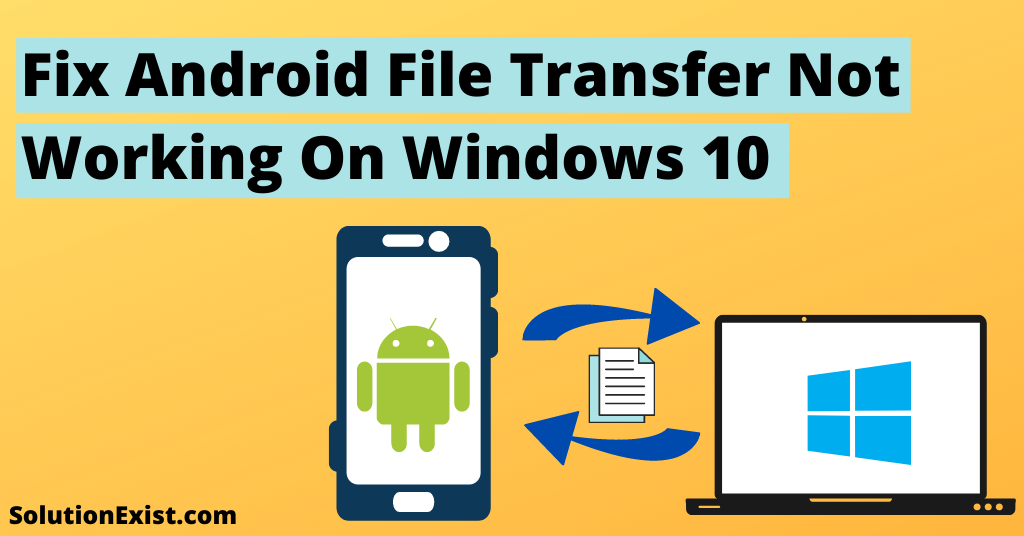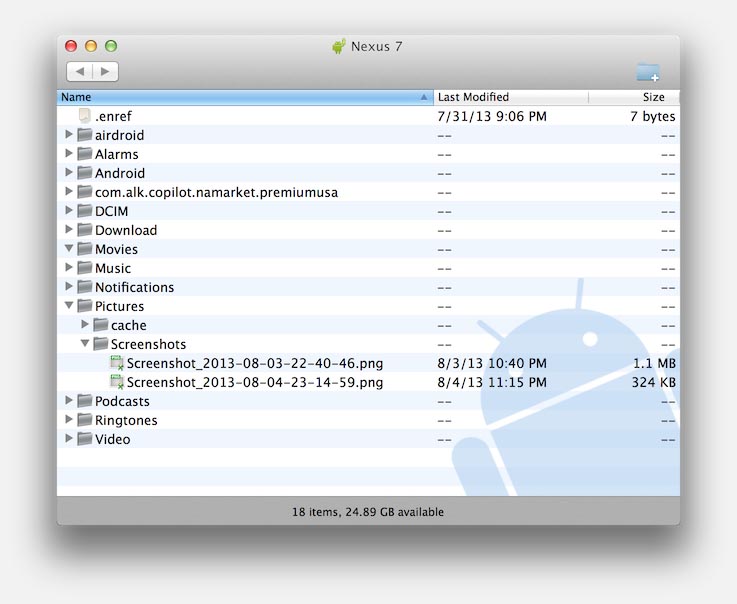
You can now click around and browse folders, drag and drop files between your phone and PC, or manipulate the data in any way you want.

Click or double-click that icon, and ta-da! You're staring at your Android phone's internal storage. Then look for an icon representing your phone alongside other portable devices and drives.


Tap the notification and select "Transfer files" or "File transfer" in the menu that appears. JR Raphael/IDGĪfter you connect your phone to your computer, a notification will let you prepare it for transferring files. At this point, it'll probably tell you your phone is connected only for charging. Swipe your finger down from the top of the screen, and you should see a notification about the current USB connection. Just plug your phone into any open USB port on the computer, then turn on your phone's screen and unlock the device. With Windows, things are as simple as can be.

Here's what you need to do next, depending on whether you have a Windows, macOS, or Chrome OS system: Android file transfers for Windows computers USB-A, meanwhile, is the traditional connector port you're used to seeing on computers, though more and more models now also offer USB-C.) There's a decent chance that the same cable that connects your phone to its wall charger will work. (Most current Android phones use USB-C, whereas most pre-2016 devices have the older micro-USB standard. In fact, transferring files to or from an Android device is basically no different than plugging an external hard drive into your computer and moving data to or from it.Īll you need is your phone, your computer, and a cable to connect 'em - with micro-USB or USB-C on the phone side and USB-A or USB-C on the computer side, depending on the specifics of your devices. Unlike iPhones, Android devices allow you to access their file systems directly from a desktop, without the need for any cumbersome interfaces or complicated procedures. Your smartphone is a powerful computer in your pocket - and with Android, part of that PC-like muscle means being able to plug your phone into any Windows, Mac, or Chrome OS system and then drag and drop files either way.


 0 kommentar(er)
0 kommentar(er)
